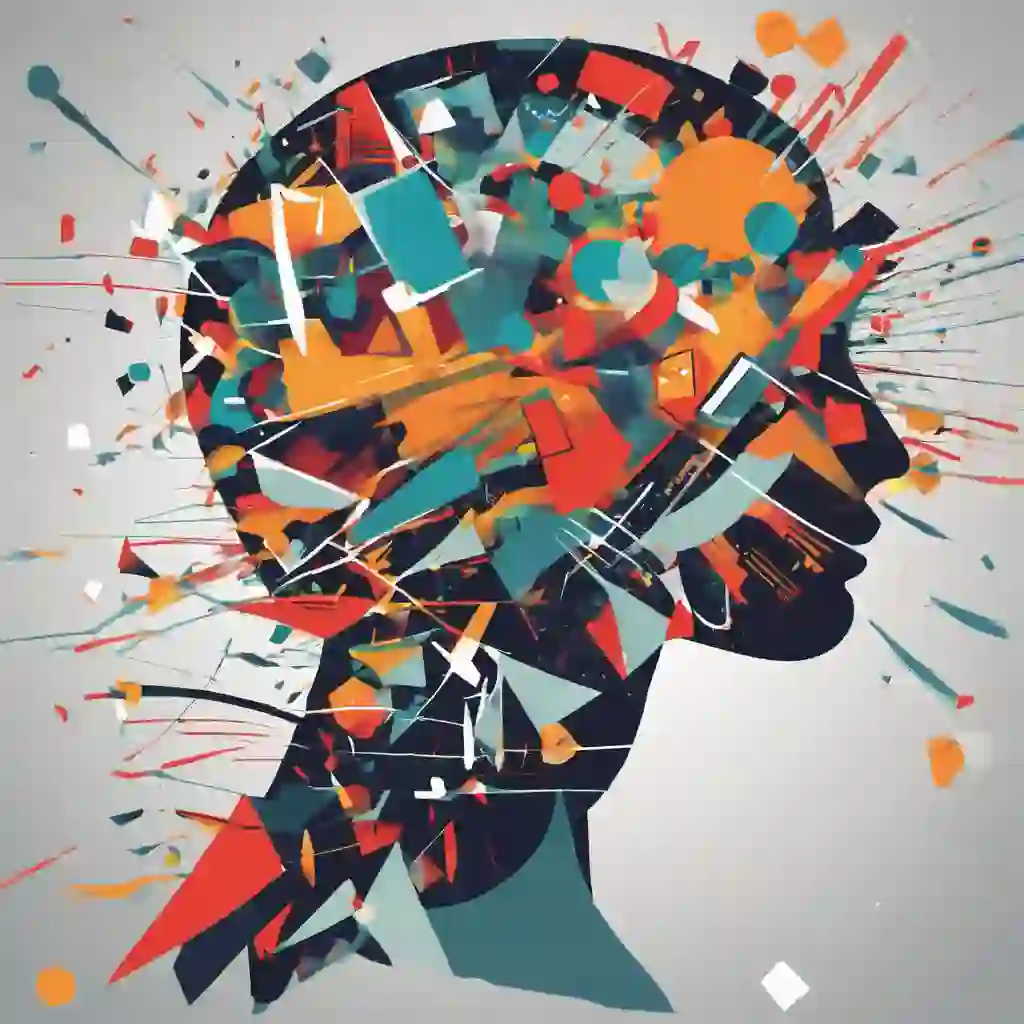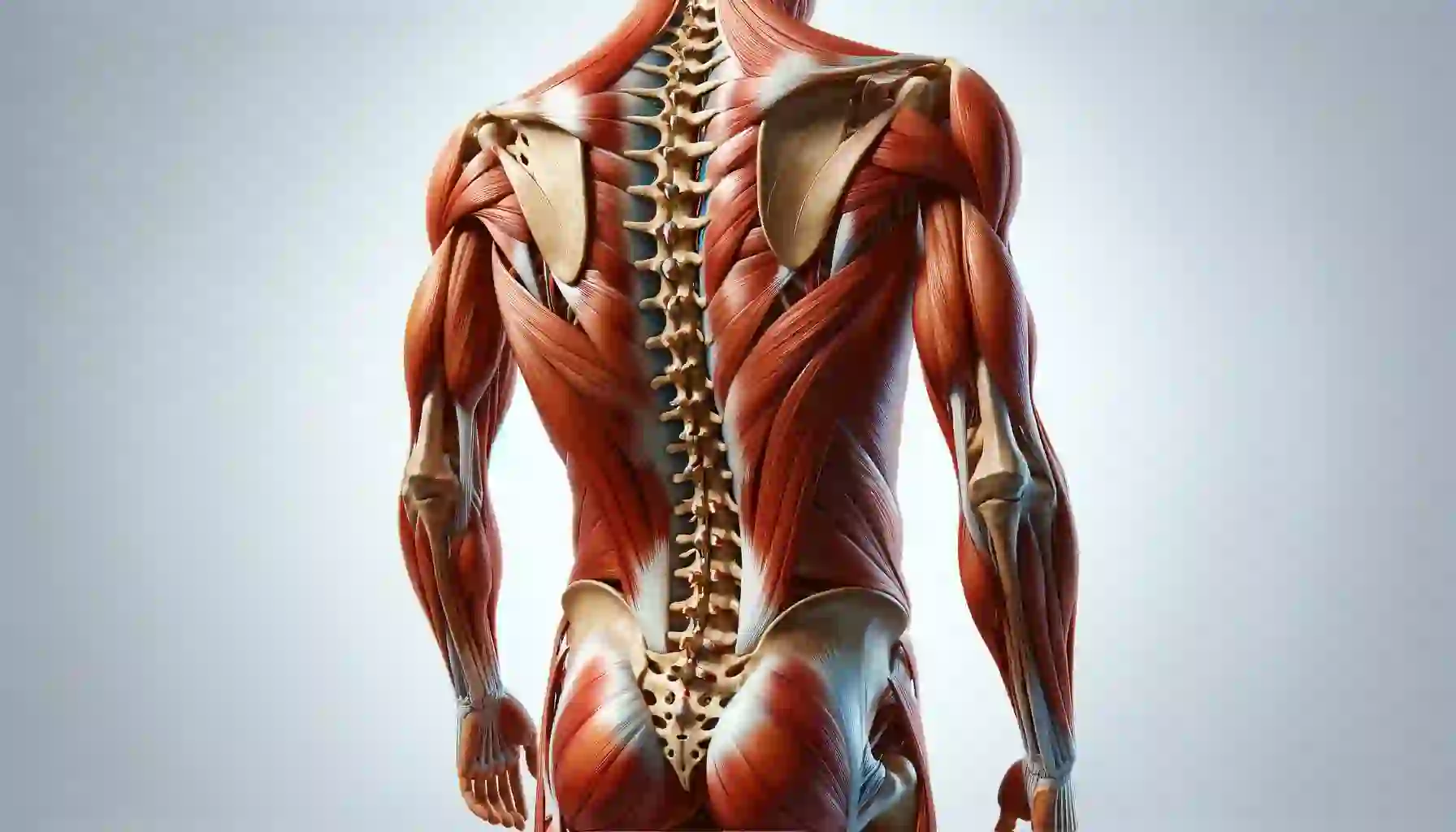Headache Pain: 10 Remedies to Get Rid of Them
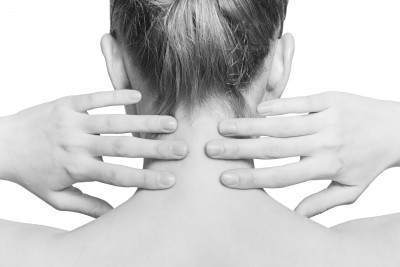
Do you often find yourself battling headaches that seem to start at the back of your head or neck, radiating towards your forehead and eyes? If these pains occur more frequently than you’d like, it’s time to uncover some expert strategies. Chiropractors, physiotherapists, and acupuncturists hold secrets to alleviating these pains, and we’re here to share them with you. Dive into our guide on managing and ultimately reducing headache pains through Five strategies plus five exercises to get rid of them.
Why Your Neck Posture Matters:
A significant number of headaches originate from the neck, specifically the first two vertebrae. Poor posture, such as leaning forward to stare at computer screens or mobile devices, puts excessive strain on the muscles behind your head. This tension can compress the greater occipital nerve, leading to pain that stretches from the back of your head to your forehead and eyes.
Understanding the Impact:
With the average human head weighing between 10 and 12 pounds, every inch your head tilts forward doubles the pressure on your spine. This misalignment, exacerbated by prolonged periods of poor posture, can distort the natural curve of your neck and back, setting the stage for chronic headache pains.
3 Effective Exercises for Cervical Spine Relief
10 Exercises and Strategies to Combat Headache Pains:
1. Adopt an Ergonomic Posture:
Ensure your workspace is set up to support a healthy posture. Adjust your monitor to eye level and keep your smartphone at a distance that doesn’t require tilting your head forward. An ergonomic setup can prevent the onset of pain by maintaining the natural alignment of your neck and spine.
2. Engage in Targeted Neck Exercises:
Incorporate simple exercises into your daily routine to strengthen and stretch your neck muscles. Techniques such as chin tucks and gentle neck rotations can relieve pressure on the occipital nerve, reducing the frequency of headache pains.
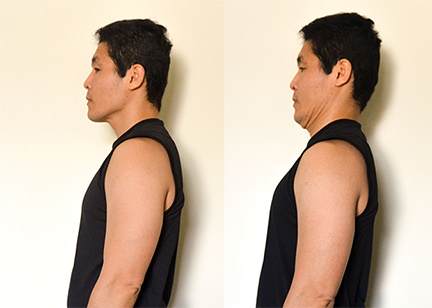
3. Strengthen Your Upper Body:
Strengthening exercises for the shoulders and upper back can improve your posture and reduce the likelihood of headaches. Activities like shoulder blade squeeze and isometric neck exercises build the muscles that support proper head alignment.
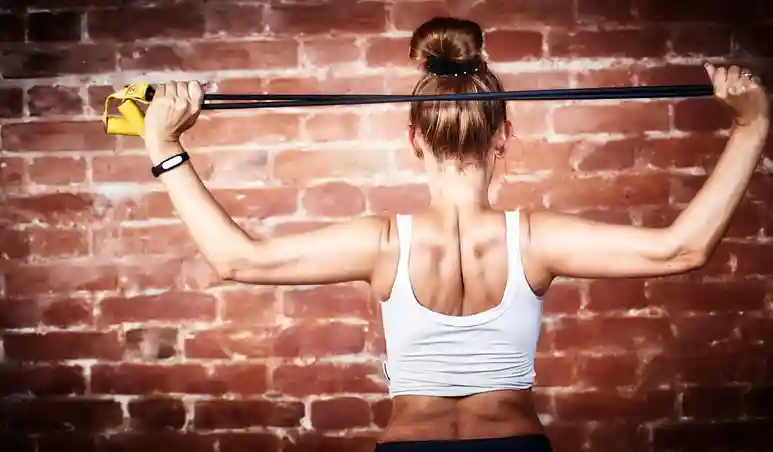
4. Utilize Heat and Cold Therapy:
Applying heat can relax tense muscles, while cold packs can reduce inflammation and numb pain. Alternating between these therapies can offer immediate relief from headache pains.
5 Exercises For Your Stiff Neck
5. Practice Stress-Relief Techniques:
Since stress can trigger and worsen headaches, finding ways to relax is crucial. Mindfulness, yoga, and deep-breathing exercises can lower stress levels, mitigating the severity and frequency of headache pains.
6. Acupressure on Gall Bladder 20 (GB20) To Help With Headache Pains
What is that? That’s an acupuncture point in the neck. You can press on those points to relieve the pressure in your neck, which will help relieve your headache pains.
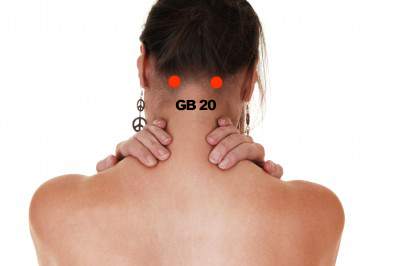
Why isn’t it near my gallbladder? The gall bladder meridian runs from the side of the eye and zigzags on the head and side of the body to the fourth toe. It does go close to the gallbladder at one point.
How does it help me? Some research studies have proven pressure on the gall bladder 20 points can help. More importantly, this procedure has been used successfully for thousands of years. Research is only beginning to catch up on what acupuncture can do.
See Also: Top 3 Exercises For Your Upper Back Pain
Don’t use anything sharp; just use your thumb pressure. When doing this, it’s OK to feel a deep ache.
- Extend your head backwards very slightly
- At the base of the skull just behind the ear is a small bony prominence called a mastoid. From your mastoid move your thumb a little toward the spine until you find a depression. This depression is called Gall Bladder 20.
- Press with thumbs on both sides until you feel a deep achy pain.
- 3 sets for 30-60 seconds. The point can stimulated several times a day.
If you don’t feel a deep ache, either you are in the wrong spot or you are pressing too lightly
7. Neck Flexion for Headache Pains

- Clasp both hands behind your head as in the picture above.
- Let the weight of your arms pull your neck down – feel the stretch. For some people you can pull but for most people just let the weight of your arms pull your neck forward until you feel a good stretch.
- Hold the stretch for 30 seconds. Do it 3 times in one go.
- You should do the exercise several times a day.
8. Acupressure on Large Intestine 4 (Li4) For Headache Pains
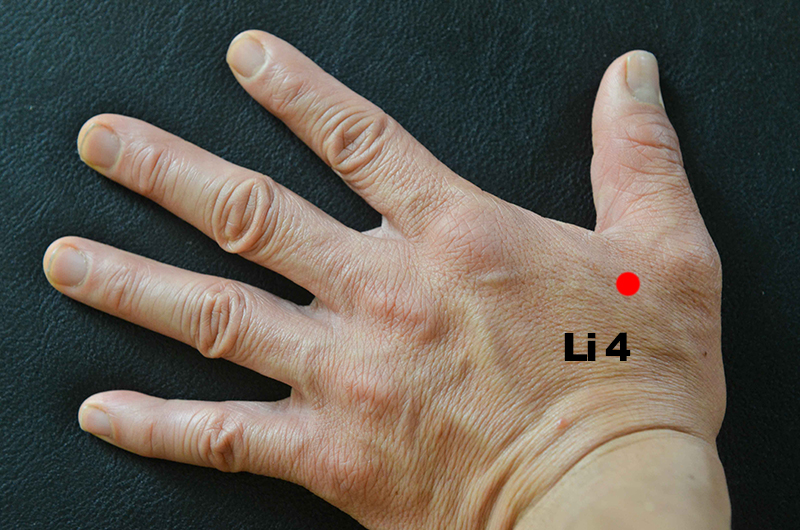
The Acupressure Point Large Intestine 4 is located in your hand. I know, it is nowhere near your large intestine, but it does have effects on the large intestine and neck, thus it does help with headaches.
- On your hand, look for the web between your thumb and forefinger.
- Find your forefinger bone, it’s called the Metacarpal.
- Press into the middle of the web at about the midpoint of the Metacarpal.
- You should press on this acupressure point several times a day.
You should feel a deep achy pain. If you don’t, either you are in the wrong spot or, you are pressing too lightly
9. Trapezius Muscle Stretch for Headache Pains
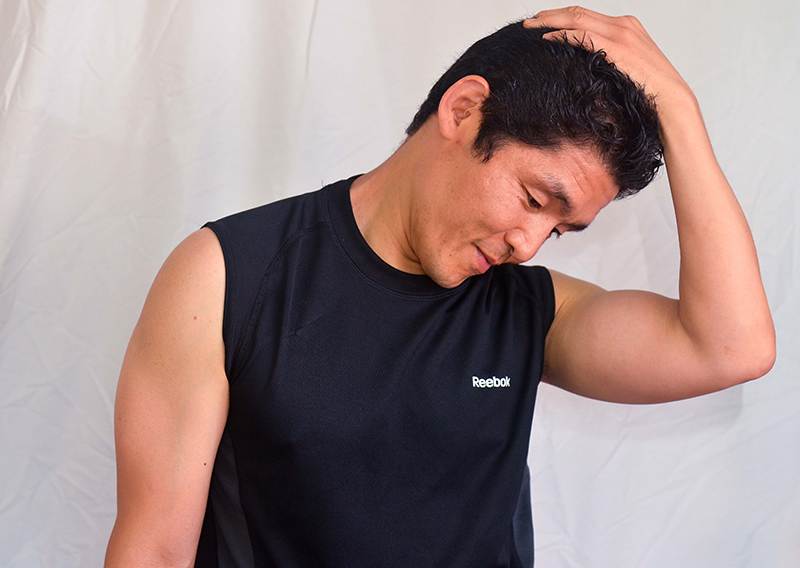
That’s one of the muscles that is raises your shoulder. To stretch this muscle follow these steps.
- Turn 45 degrees to one side
- Bend your neck sideways
- Put your left hand (for this picture) on your head and let the weight of your arm pull your head down
- Let the opposite shoulder relax and drop. If you don’t feel a stretch bring your shoulder down by holding onto an eg. table.
- You should do the exercise several times a day.
10. Relieve Headache Pain with Thumb Trigger Point Therapy
Understanding Trigger Points:
Trigger points are essentially tight knots in muscles that can cause pain and discomfort. Think of them as small, hard nodules needing to be ‘ironed out.’ While this might sound daunting, the process is straightforward and doesn’t require any special equipment.
Locating the Right Spot:
Your journey to relief begins at a key acupressure point known as Gall Bladder 20 (described above) Located at the upper part of your neck, just below the skull, this point is often a hotspot for tension related to headache pains.
Step-by-Step Guide to Trigger Point Therapy:
- Start at GallBladder 20: This is your initial point of focus. You’re probably already familiar with this spot.
- Move and Press: Gently slide your thumb towards the centre of your neck from Gall Bladder 20. Apply firm pressure until you find a tender spot.
- Apply Pressure: Once you locate a tender area, maintain pressure for about 20-30 seconds. The goal is to ‘iron out’ the spot, making it less tender.
- Work Both Sides: It’s crucial to address both sides of your spine for balanced relief.
- Repeat Regularly: For optimal results, engage in this therapy several times a day.
What to Expect:
- A Deep Ache: Feeling a deep, aching sensation while performing this exercise indicates that you’re on the right track.
- Temporary Soreness: It’s normal to experience a type of soreness akin to post-workout muscle fatigue, which should last no more than a day.
- Caution: If soreness persists beyond a day, you may have applied too much pressure. In this case, it’s advisable to halt the exercise.
Conclusion:
Headache pains, especially those stemming from neck issues, don’t have to disrupt your life. By implementing these expert-backed strategies, you can enhance your well-being and move towards a pain-free existence. Remember, consistency is key, and it’s important to consult with healthcare professionals to tailor these remedies to your specific needs. Start your journey to relief today and reclaim your comfort and peace of mind.
Feel free to share your questions thoughts and experiences in the comments below, and don’t forget to connect with us on Facebook for more updates and tips on improving your health. We’d love to hear your opinions on who you consider the best Toronto chiropractor.


